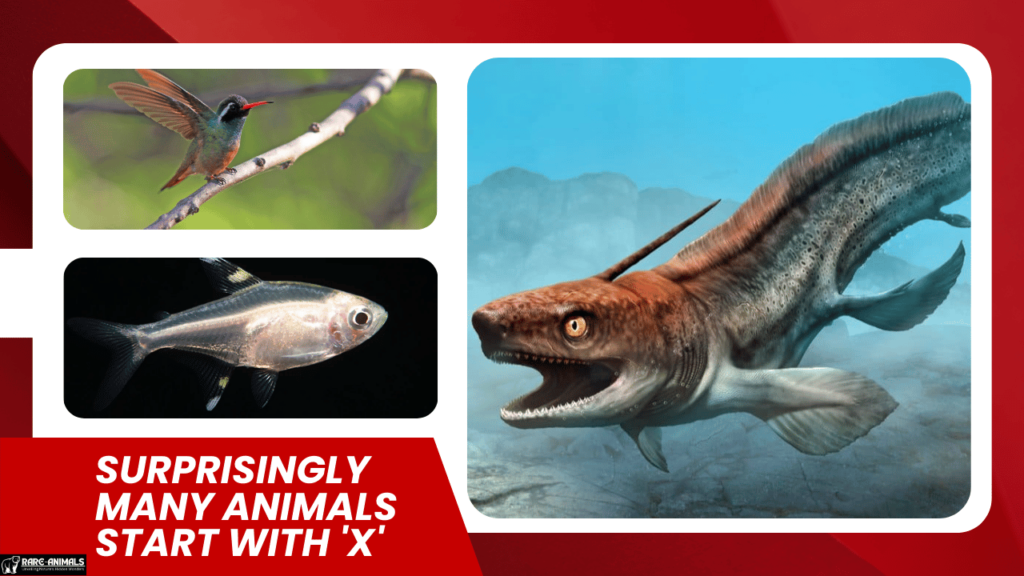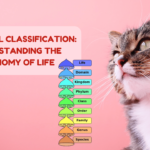When thinking about animal names, “X” is probably not the first letter that comes to mind. However, surprisingly, many animals have names that begin with this uncommon letter.
Whether you’re a wildlife enthusiast, conservationist, researcher, educator, or just a curious learner, this list of animals starting with “X” will fascinate you.
Let’s dive into the world of extraordinary creatures whose names defy expectations!
Animals That Start With “X”
1. Xerus (African Ground Squirrel)
Scientific Name: Xerus erythropus
Habitat: Grasslands and savannas of Africa
Interesting Fact: Unlike tree-dwelling squirrels, Xerus is a ground squirrel that lives in burrows and forms social groups.
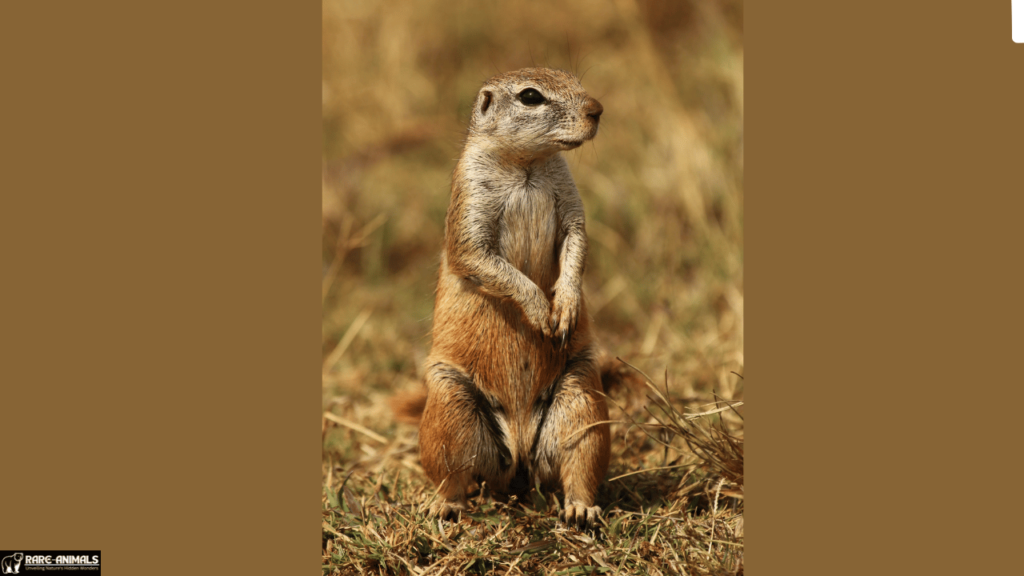
2. X-ray Tetra
Scientific Name: Pristella maxillaris
Habitat: Freshwater rivers of South America
Interesting Fact: The X-ray tetra gets its name from its nearly transparent body, which allows it to blend seamlessly into its environment.
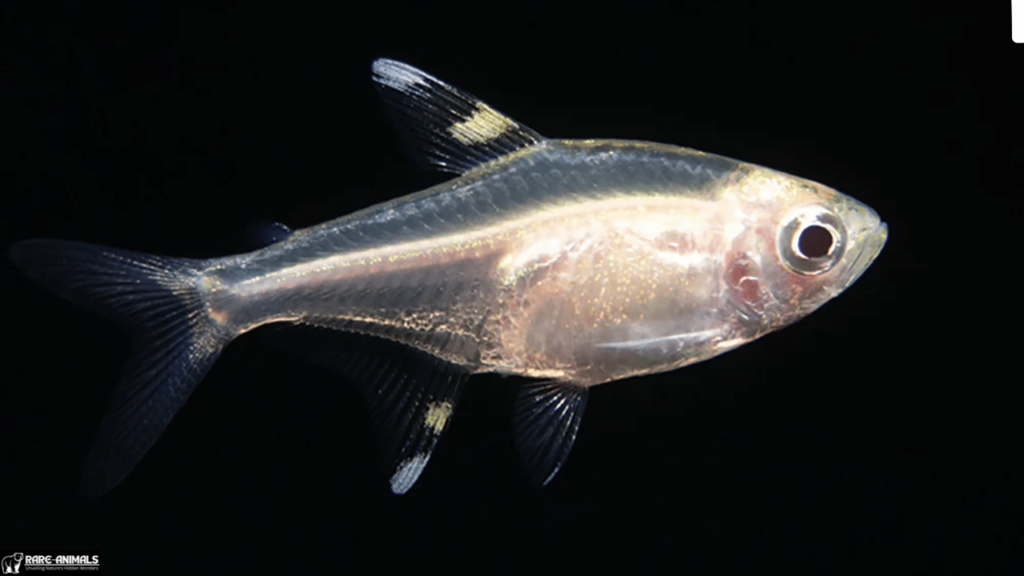
3. Xantus’s Hummingbird
Scientific Name: Basilinna xantusii
Habitat: Baja California, Mexico
Interesting Fact: This bird is named after John Xantus, a 19th-century Hungarian zoologist, and is known for its striking green and rufous plumage.
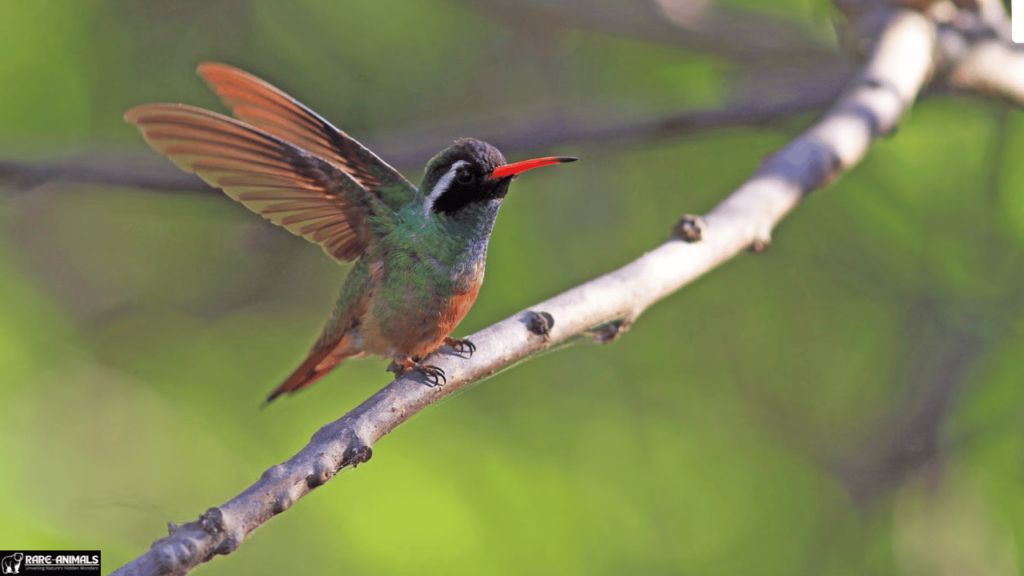
4. Xoloitzcuintli (Mexican Hairless Dog)
Scientific Name: Canis lupus familiaris
Habitat: Domesticated, originates from Mexico
Interesting Fact: One of the world’s oldest dog breeds, the Xoloitzcuintli, was revered by the Aztecs as a spiritual guide.
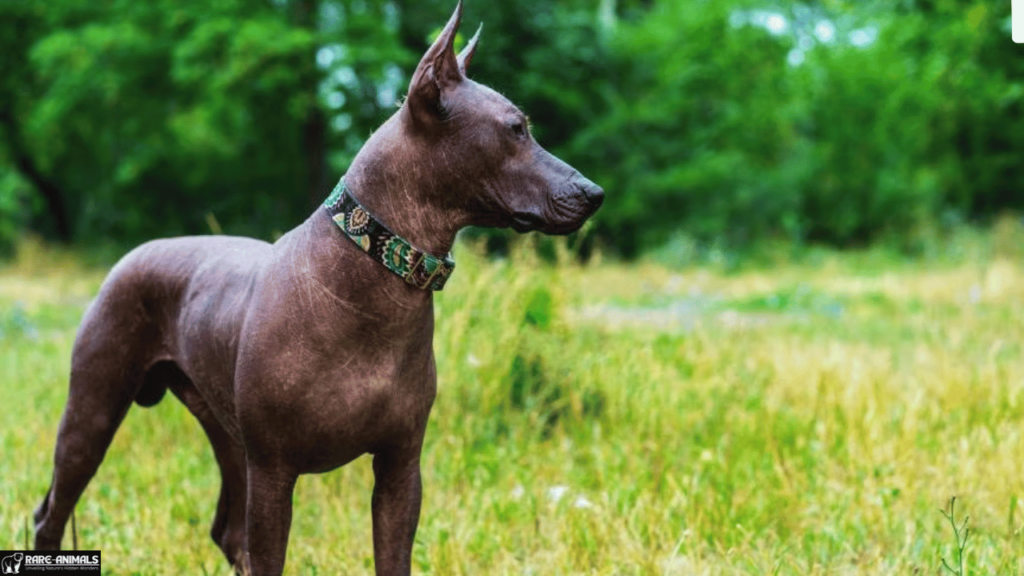
5. Xenopus (African Clawed Frog)
Scientific Name: Xenopus laevis
Habitat: Sub-Saharan Africa, freshwater ponds and lakes
Interesting Fact: Xenopus frogs are fully aquatic and have unique clawed feet used for scavenging food.
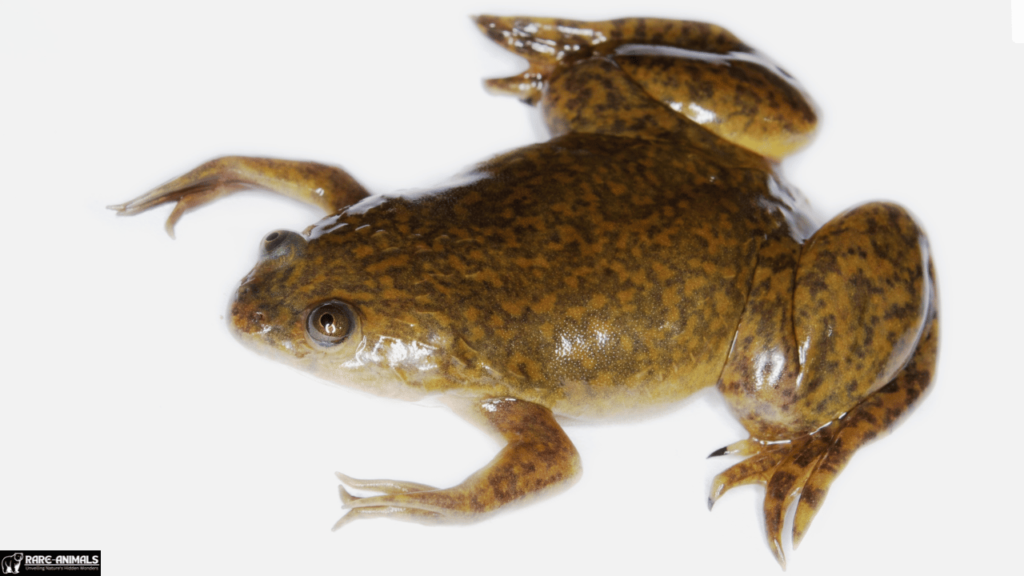
6. Xingu River Ray
Scientific Name: Potamotrygon leopoldi
Habitat: Xingu River, Brazil
Interesting Fact: This freshwater stingray is known for its beautiful black and white spotted patterns, making it highly sought after in the aquarium trade.
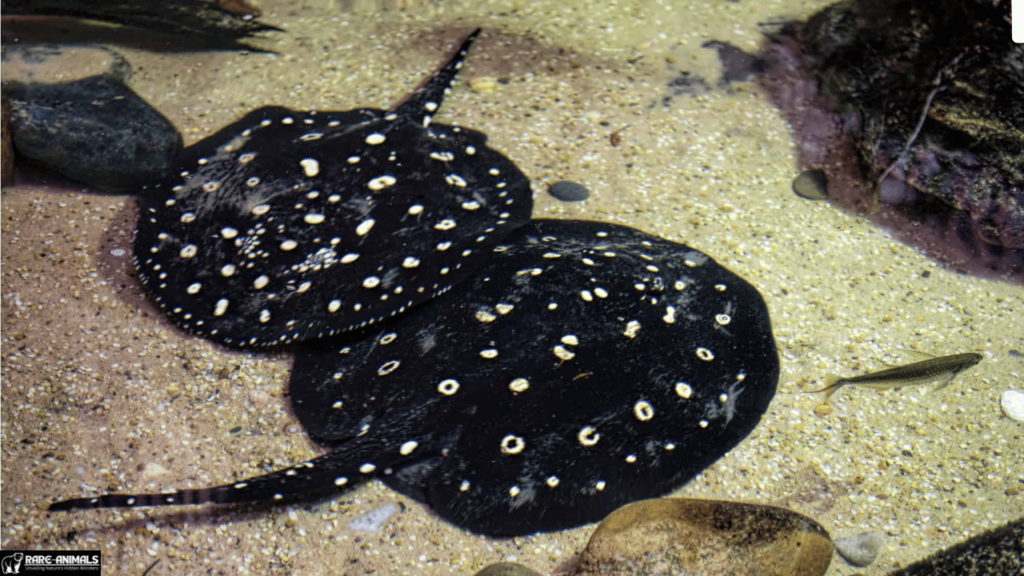
7. Xeme (Sabine’s Gull)
Scientific Name: Xema sabini
Habitat: Arctic tundra and coastal areas
Interesting Fact: Unlike most gulls, the Xeme has a distinctive forked tail and migrates long distances between breeding and wintering grounds.
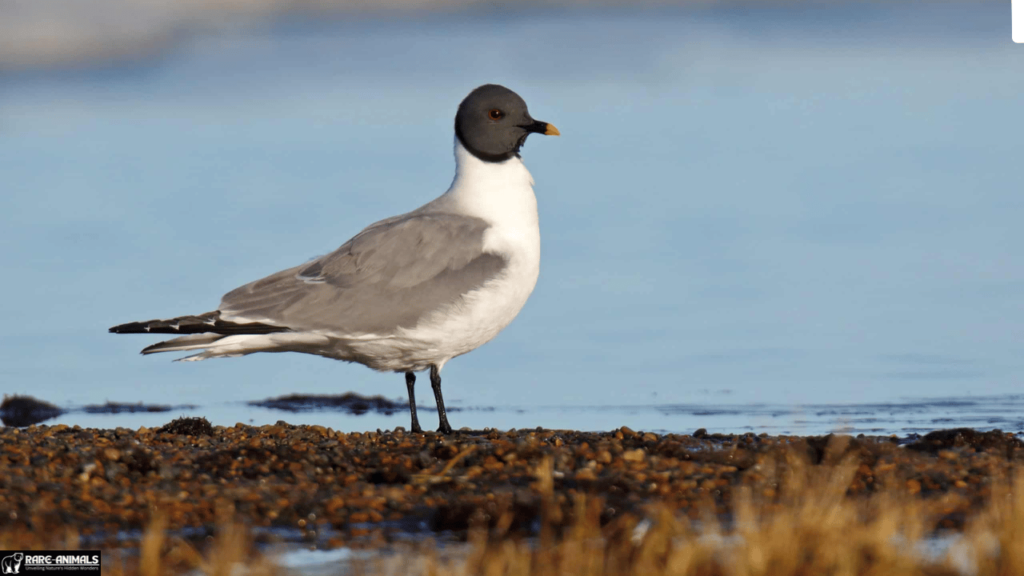
8. Xenarthra (Anteaters, Sloths, and Armadillos)
Scientific Name: Xenarthra (Superorder)
Habitat: South and Central America
Interesting Fact: Xenarthrans have unique vertebral joints, giving them increased spinal flexibility, useful for their slow-moving lifestyles.
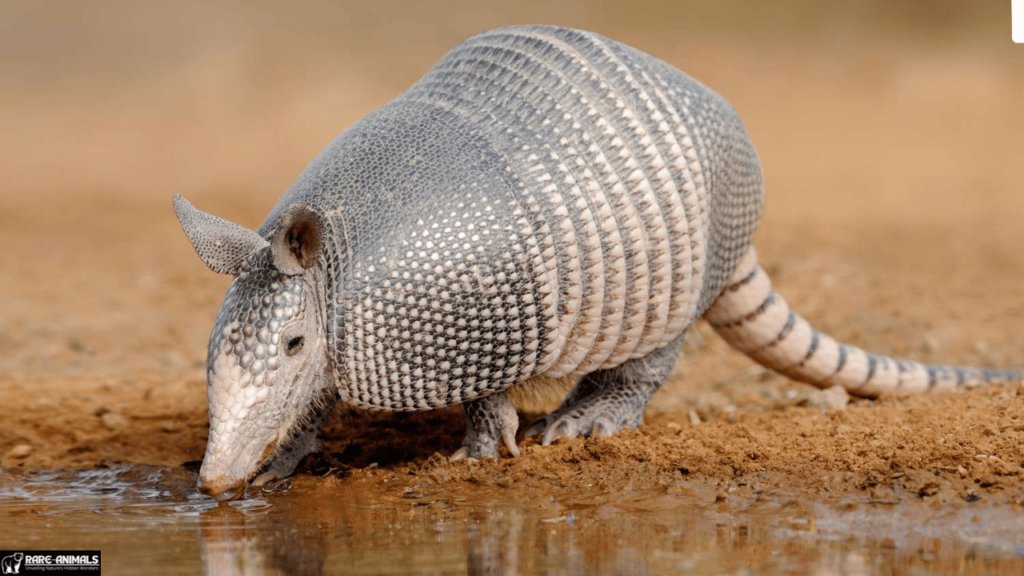
9. Xenacanthus (Extinct Prehistoric Shark)
Scientific Name: Xenacanthus
Habitat: Ancient freshwater lakes and rivers
Interesting Fact: This primitive shark lived over 250 million years ago and had a distinctive spine on its head for protection.

10. Xestospongia (Barrel Sponge)
Scientific Name: Xestospongia testudinaria
Habitat: Coral reefs of the Indo-Pacific
Interesting Fact: Known as “The Giant Barrel Sponge,” this species can live for over 2,000 years, filtering vast amounts of water daily.
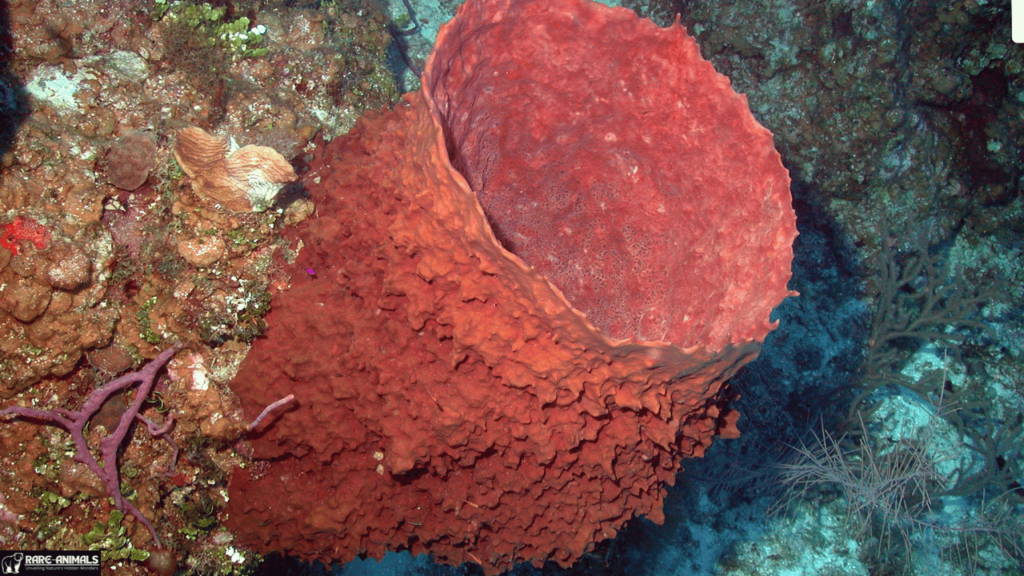
Why Are “X” Animals So Unique?
Animals starting with “X” often have exotic origins, fascinating evolutionary traits, and niche habitats. Many of them, such as the Xoloitzcuintli and Xenopus, hold significant historical, ecological, and cultural importance.
Conservation Efforts for “X” Species
Many of these animals face environmental threats, including habitat destruction, climate change, and illegal wildlife trade. Organizations and conservationists are working to protect them through:
- Habitat preservation (e.g., protecting the Xingu River ecosystem)
- Captive breeding programs (e.g., Xenopus frogs used for research and conservation)
- Awareness campaigns (e.g., educating people about the ecological role of Xantus’s Hummingbird)
Conclusion
From the tiny X-ray tetra to the ancient Xenacanthus, animals that start with “X” are diverse and fascinating. Whether they swim in South American rivers, glide through Arctic skies, or walk alongside humans, they contribute to Earth’s incredible biodiversity.
If you enjoyed learning about these unique creatures, share this list with fellow nature lovers or explore more about rare animal species!
FAQs
1. Are there any mammals that start with “X”?
Yes, examples include the Xerus (African Ground Squirrel) and Xoloitzcuintli (Mexican Hairless Dog).
2. Which “X” animal is the most endangered?
The Xingu River Ray is vulnerable due to habitat destruction and illegal trade.
3. Can I keep an “X” animal as a pet?
Some “X” animals, like Xoloitzcuintli, are domesticated, but others, like the Xingu River Ray, require specialized care and may be protected by wildlife laws.
4. Why do so few animals start with “X”?
The letter “X” is uncommon in English and Latin taxonomies, making it rarer for animal names.
5. What is the rarest “X” animal?
The Xeme (Sabine’s Gull) is one of the rarer “X” animals, primarily found in Arctic regions.

Alveena is an experienced content writer with a knack for crafting engaging and insightful pieces. She thrives on breaking down complex ideas and presenting them as clear, captivating content that resonates with readers.

